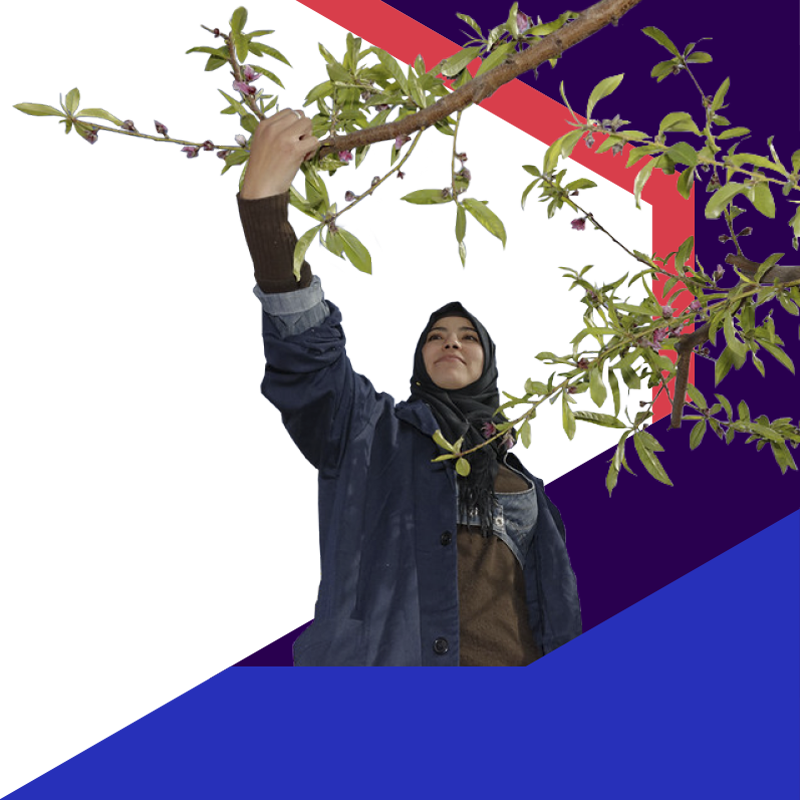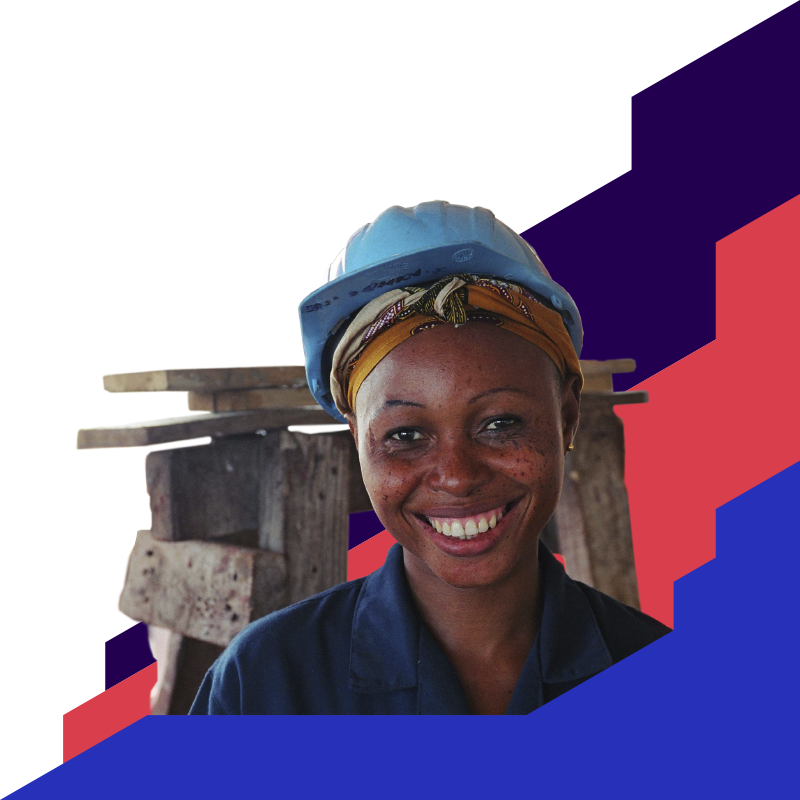Keys to understanding the world of work





Based on research findings from the International Labour Organization (ILO), each InfoStory offers a unique perspective on a labour-related theme, told through a narrative enriched with infographics, videos, maps and case studies.
Want to learn more about ILO research?
- Explore the ILO Digital Guides for the main findings of our key publications
- Access the main ILO website to browse all our publications





















